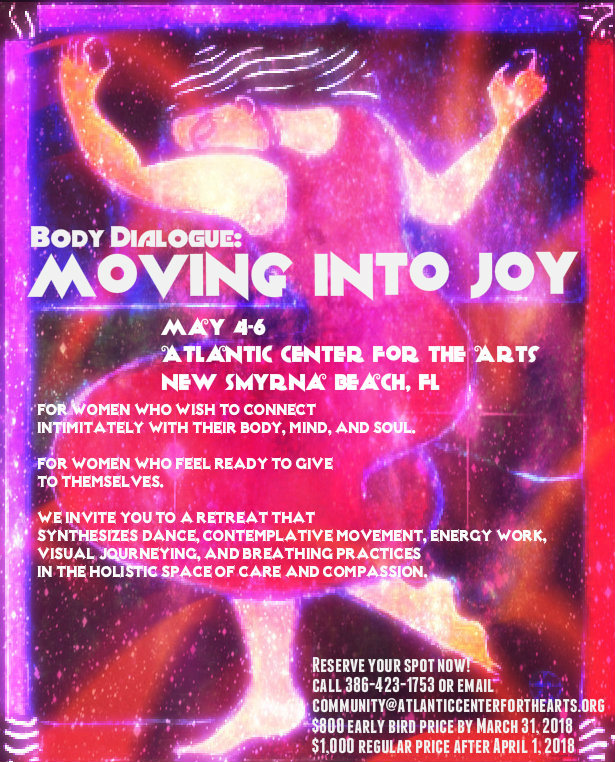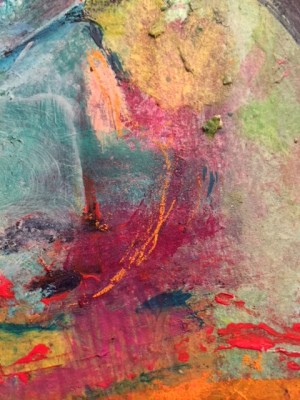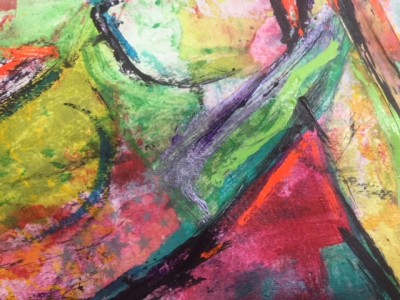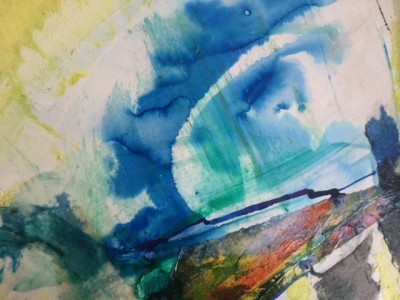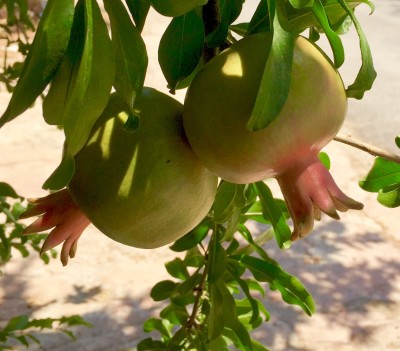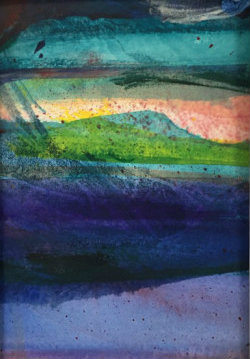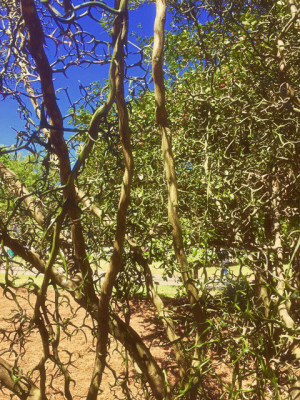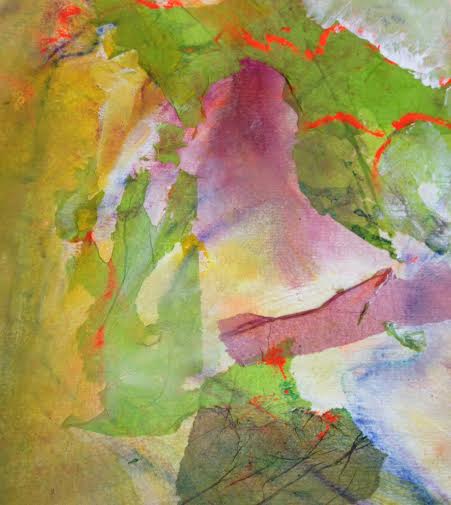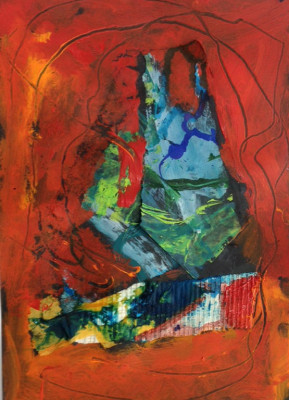My upcoming retreat, Moving Into Joy, on May 4-6 will focus on the breath, toning, and moving. It’s my hope to introduce you then to the joy of movement and the joy of the breath as the source of life. This short blog post will help to explain some of the content that will be explored in the retreat.
Today I woke up with this phrase: “My breath is the source of life.” I heard it as a statement, not a prayer or a question, but a declaration. My breath is my source of life, and every day that I awaken to this truth, I know it is and will be a good day.
Since I was a child, my body has led me on my path. According to my mother, I started dancing before I could walk. Dancing was my joy and my guide. Whenever I was not feeling like I wanted to dance, I knew I was in trouble—something was wrong. Over the years my interest in dance led me to a desire to become a professional dancer. Sadly, once I started down that path, dance became less my friend and more my nemesis, because I when I was dancing, I was not breathing. I was holding my breath, wanting my dance to achieve some perfectionism that was outside my ability. So little by little, my dance was not full of life. It was full of rules, requirements, criticism, and disappointment.
Finally, after struggling in that relationship and not getting the results I wanted, I quit that dream and started down a different path, one that led me to the Alexander Technique.
The Alexander Technique:
The Alexander Technique is a mindfulness practice based in the body. It is based on the principle that freedom of movement comes from how we direct our thought. By visualizing energy, we release tension in the neck to allow the head to be poised at the top of the spine. This is what F.M. Alexander called “directing our thought”. He named this “Conscious Control” of the body, in contrast to our habitual movement patterns, which often result in tension. The premise of the Alexander Technique is that the length of the spine is determined by a coordination of its parts. Learning this technique taught me where I was constricted in my physical movements. It led me to the awareness that my breathing patterns were not effective, and although I had mastered Alexander’s directions, I still felt very rigid due to shallow breathing patterns. I was introduced to Carl Stough’s work in Breathing Coordination at that time.
Breathing Coordination:
From Carl, I learned that the ease of movement stems from the ease of the breath. My diaphragm was so weak that I was not able to access a free breath. I had a to re-learn how to breathe. From years of holding my breath, I had to learn how to recondition my diaphragm. After leaving each session with Carl, I became aware of the contrast between my day-to-day breathing, and Breathing Coordination.
The Physiology of Breathing:
Unlike many techniques, the Stough breathing method focuses on the coordination of the diaphragm, the accessory muscles, and the voice as a three-fold approach to restoration and revitalization. It is based on restoring the strength of the diaphragm by using vocalization, toning, and vibration. It is meant to create a resonance through all the cells of the body—even the tiny mitochondria are restored by resonance. That response cannot be achieved by muscular pressure, or force. It can only come from ease and messaging from the brain’s autonomic system.
What I learned is that that modern life has restricted and constricted our breathing so that, rather than a full and easy breath, most of us have patterns of restriction coming from holding or pushing our breath.
In my sessions with Carl, I was able to realize once again the freedom I knew as a child dancing. From that knowing, I have centered all my teaching. Once I knew what a true, full breath felt like, I knew what freedom was and how to reclaim it in my body.
As a private practitioner and as a workshop leader, my focus over and over again starts with this coordinated movement of all the breathing muscles. The tools I learned from both the Alexander Technique and Carl Stough led me to what I call Body Dialogue.
With the flow of the inhale and exhale is the flow of life.
This flow is the source of life, and all the great Eastern spiritual traditions teach that as a reality. But we in the West have distorted even that truth. Powering the body as we do in the West does not lead to freedom—it leads to stress.
I invite you to join me this Spring at the Atlantic Center for the Arts to explore Moving Into Joy.





